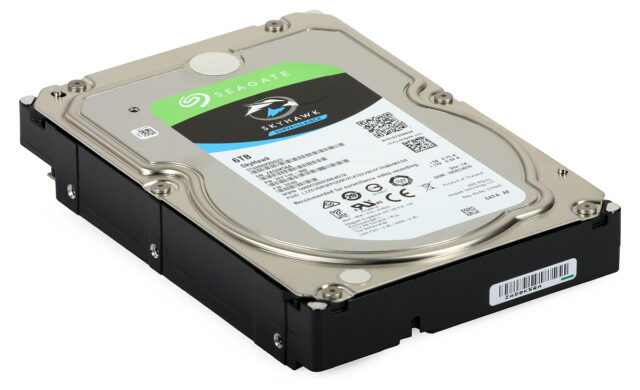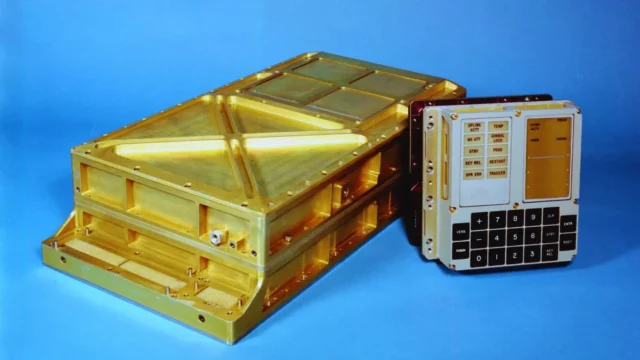The Raspberry Pi Zero is an incredibly versatile, affordable, and compact computer that has become a cult favorite among hobbyists and engineers in recent years. While its performance is more limited than its larger siblings, its small size and low power consumption make it ideal for countless projects where these characteristics are an advantage.
In this article, I will introduce some truly unique and inspiring projects built on the Raspberry Pi Zero and offer useful tips for creating your own.
What is the Raspberry Pi Zero?
The Raspberry Pi Zero is the smallest and most affordable model from the Raspberry Pi Foundation. Key features:
- Processor: 1 GHz single-core ARM11
- RAM: 512 MB
- Ports: mini-HDMI, micro-USB (OTG), GPIO header, microSD slot
- Size: 65 mm × 30 mm
The Zero W and Zero 2 W versions also include built-in Wi-Fi and Bluetooth.
Why is it ideal for special projects?
- Small and discreet: Easily fits into small spaces.
- Low power consumption: Can run for extended periods on battery power.
- Affordable: Perfect for embedded projects.
- Linux-based: Broad software support.
Historical overview
The Raspberry Pi Zero was released in 2015 with the goal of providing the most affordable Pi model. Over time, newer versions (Zero W, Zero 2 W) have been released, which support wireless connectivity.
Inspiring Raspberry Pi Zero projects
Retro game console in keychain size
With a small OLED display, mini joystick, and buttons, you can turn the Zero into a fantastic pocket game console. RetroPie or Lakka distributions are excellent starting points. You can also run your own ROMs and add functionality with a Bluetooth controller.
Spy camera or hidden camera
The Zero’s small size makes it easy to hide in objects. With a camera module (e.g. Pi Camera Module), you can build a discreet surveillance system. When combined with a motion sensor, it can operate in an energy-efficient manner.
Portable Wi-Fi password tester
You can build a Wi-Fi auditing device with a Zero W using Kali Linux or PiBakery. This allows you to test the security of your own network and audit public Wi-Fi networks.
Network ad blocker: Pi-hole
The Zero W is ideal as a Pi-hole server: it can block ads at the DNS level on your home network. Thanks to its low power consumption, it can run 24/7.
Mini NAS (network attached storage)
With a USB OTG cable, you can connect an external HDD/SSD to the Zero and run a NAS using SAMBA or NFS server. You can also set up Time Machine-compatible backup solutions.
Custom IoT device
With added sensors (e.g. temperature, humidity, motion), you can create a Zero-based IoT device for home automation. It can be integrated into Home Assistant or OpenHAB via MQTT protocol.
Digital badge system
At conferences and meetups, visually appealing, programmable badges are often built using the Zero. Combined with an e-ink display, long battery life is achievable.
Pocket-sized portable server
You can turn the Zero into a VPN server, private Git server, or web server that fits in your pocket and is accessible from anywhere.
Smart home control panel
By combining the Zero with a TFT touchscreen and relay module, you can build complex smart home control panels.
How to get started
Basic components
- Raspberry Pi Zero (W or 2 W recommended)
- microSD card (at least 8 GB)
- Power supply (5V, min. 1A)
- Development environment (PC or notebook)
- USB OTG adapter
- GPIO header for soldering (if connecting sensors)
Useful software
- Raspberry Pi Imager
- Balena Etcher
- Raspbian Lite (for speed and minimalism)
- Home Assistant (IoT)
- Pi-hole
- RetroPie
Documentation and community
The official Raspberry Pi documentation and various forums (e.g. Raspberry Pi Forums, Reddit r/raspberry_pi) are treasure troves of inspiration. Additionally, Hackster.io and Instructables are full of project guides.
Future trends
The Raspberry Pi Zero 2 W offers significantly more performance, enabling more complex IoT and AI-based projects.Expected trends:
- AI-on-the-edge development
- Portable IoT solutions
- Ultra low-power applications
- Mesh networks with Zero-based nodes
- Edge computing to offload cloud workloads
Frequently asked questions
How stable is a Zero-based system?With proper cooling and a quality power supply, very stable.Can you boot from USB?Supported on the Zero 2 W; for earlier models, workarounds are required.What programming languages can be used?Most commonly Python, but C/C++ and Node.js also work very well.Zero or Zero W?The Zero W is more practical due to built-in Wi-Fi and Bluetooth.How many devices can be connected at once?Multiple sensors can be connected via the GPIO header, and additional peripherals via USB hub.The Raspberry Pi Zero offers countless possibilities, and with a little creativity, truly unique projects can be realized.As technology continues to evolve, we can expect even more exciting ideas in the coming years. Don’t hesitate to dive in — the possibilities are virtually endless!
Image(s) used in this article are either AI-generated or sourced from royalty-free platforms like Pixabay or Pexels.
Did you enjoy this article? Buy me a coffee!






